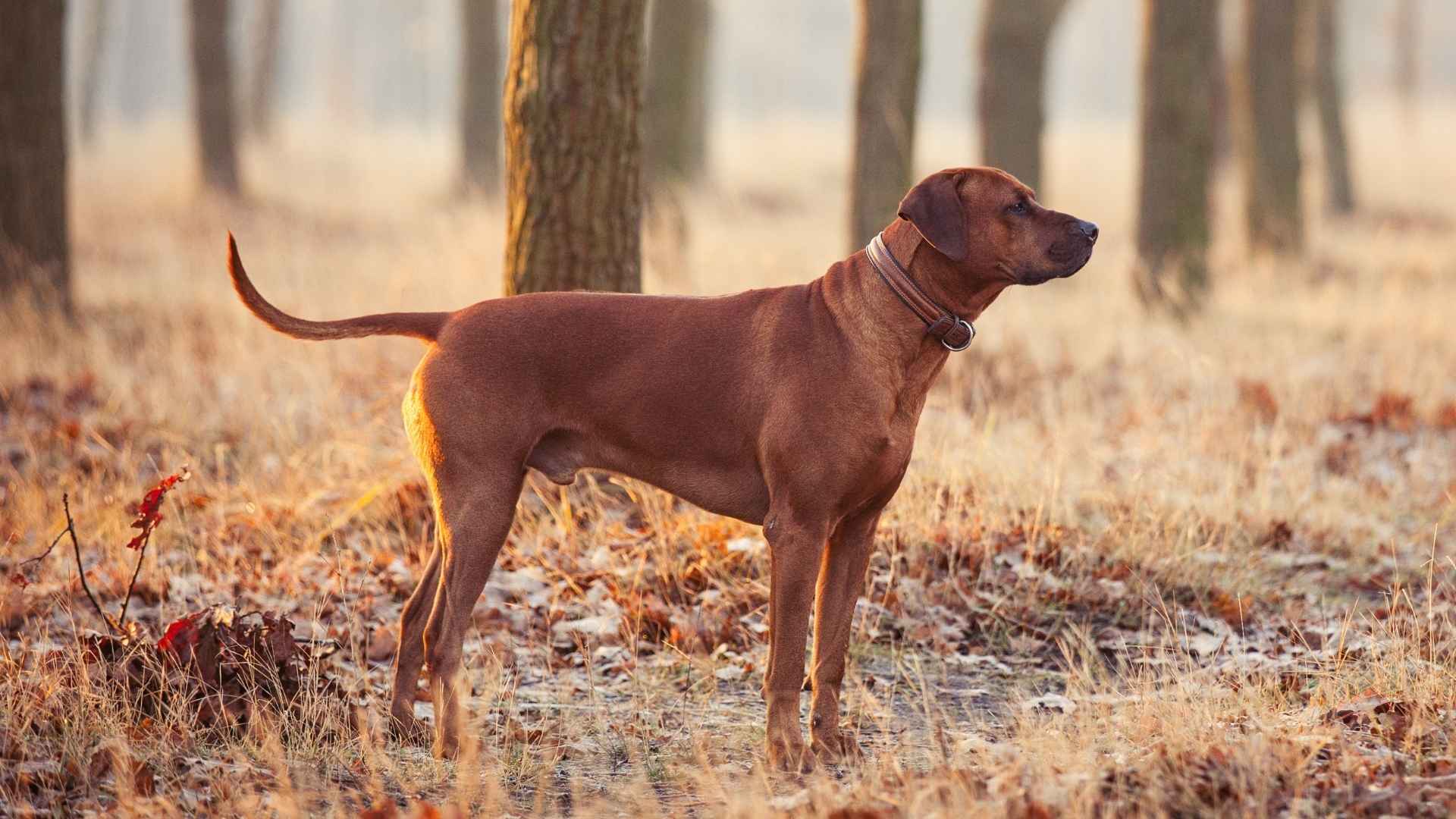Ever watched a dog lock eyes with a squirrel like it’s a mission from the universe? That’s not just curiosity—it’s instinct. Some were literally born to hunt, and they’ve got the skills to prove it. We’re talking about sharp noses, lightning-fast reflexes, and a determination that won’t quit until the job’s done.
These natural-born, skilled hunters weren’t bred to lounge on velvet pillows (although they’ll happily do that too). They were made for action—tracking, chasing, and sometimes even outsmarting their prey. Sound intense? That’s because it is. But it’s also what makes them so thrilling to watch and incredible to train.
What sets these dogs apart isn’t just their power or speed—it’s their focus. Their brains are wired to work, and if they’re not hunting, they’re hunting something—a toy, a treat, or even your missing sock. Curious to meet the canine world’s stealthiest go-getters? Let’s dive in.
Born Hunters Dog Breeds
1. Labrador Retriever
Forget the cuddly couch potato image for a sec—Labradors were born with a job to do. Originally bred to retrieve waterfowl, these dogs were never meant to just fetch tennis balls in the backyard. They’ve got a serious work ethic, a keen nose, and a love for water that makes them absolute naturals in hunting scenarios, especially around marshes and lakes.
Purina states that Labs are social and affectionate and famous for retrieving birds without so much as ruffling a feather. That gentle grip isn’t accidental; it’s a trait they’ve carried for generations to assist hunters without damaging the game. It’s like they were designed to deliver dinner straight from the lake to the table.
Labradors have laser-sharp scenting skills, which explains why they’re often used in scent detection roles outside of their versatile hunting dog roles, too. From duck blinds to airport security, their noses never lie. That same olfactory superpower makes them fantastic trackers in the field—once a scent trail starts, they’re not stopping.
Plus, Labs don’t just hunt—they adapt. Whether you’re in dense brush, open fields, or deep waters, they adjust their pace and approach like seasoned pros. That versatility is a huge bonus for hunters who need a dog that can handle whatever the wild throws at them. You name it, they’re ready.
Their otter-like tails, webbed feet, and thick coats aren’t just adorable—they’re functional tools for powerful swimming and cold resistance. That’s why they thrive in icy waters where most dogs wouldn’t dare dive in. Think they care about freezing temps? Nope.
2. German Shorthaired Pointer
German Shorthaired Pointer is a dog that moves like a guided missile with a nose. These dogs are the full package—speed, smarts, and an insane prey drive packed into one sleek, muscular frame. They weren’t just bred to hunt—they live for it.
Unlike dogs that specialize in one type of game, GSPs are versatile hunters, says the AKC. We’re talking upland hunting dogs, waterfowl, rabbits—you name it, they’re tracking it. Their ability to transition from land to water effortlessly makes them a dream for hunters who need a multitasker in unpredictable terrain.
One of their most iconic moves? That intense freeze-frame “point” when they lock onto a scent. It’s not just for show—it gives hunters a head start before the flush. That signature stance isn’t trained; it’s instinct. Their nose isn’t just sharp—it’s surgically precise. This breed can follow faint scent trails through brush, fields, and even across waterlogged ground.
But let’s talk endurance. These hunting dogs are like long-distance runners who also sprint like Olympic sprinters. Their lean build and explosive energy make them relentless in the field. Tired? Never heard of it. They’ll keep hunting long after you’re ready for lunch and a nap.
What makes them extra exciting to watch is their style. They don’t just hunt—they work the field with elegance, zigzagging in wide arcs to maximize coverage. It’s like watching a GPS-powered drone in real-time, except fluffier and way more fun.
3. Nova Scotia Duck Tolling Retriever
Now here’s a breed with a twist. Unlike your typical hunting dog that charges into the wild nose-first, the Nova Scotia Duck Tolling Retriever plays the long game. Ever heard of a dog that lures ducks toward the hunter? Sounds wild, right? But that’s exactly what this red-coated trickster was born to do.
“Tolling” is the secret weapon here. These dogs bounce and dash along the shoreline, playing with a stick or toy to grab the attention of curious ducks. Those birds see the movement, think there’s something interesting going on, and waddle closer. Boom—perfect range for the hunter.
That kind of strategic hunting behavior requires a rare combo of brains and playfulness. And Toller has both in spades. They’re wicked smart, crazy observant, and always game for action. Hunting with one feels more like collaborating with a clever teammate than commanding a pet.
Their eyes are something else—bright, alert, and always scanning, states Purina. A Toller doesn’t just look at the environment; it’s constantly reading the terrain, the wind, the birds… everything. If you’re hunting waterfowl, this kind of awareness is pure gold. Why chase ducks when you can outsmart them?
When it comes to the retrieve, Toller is explosive. One minute they’re chill, the next they’re charging into the water like a little torpedo. They’ll power through waves to grab a downed bird and rocket back with that signature “soft mouth” grip. No drama—just results.
4. Norwegian Elkhound

They are so effective because of their courage, plain and simple. Most dogs bark at squirrels—Elkhounds bark to keep a 1,000-pound moose frozen in place until the hunter arrives. They’re relentless, loud, and calculated. It’s not about brute force—it’s about strategy, timing, and guts.
Elkhounds are what you’d call “bark trailers.” Instead of silently stalking prey, they use a unique bark pattern to alert their human to the exact location of the animal. It’s basically a living GPS system in thick, snow-covered forests where visibility is trash. Genius, right?
Their coat is built for the Arctic. Thick, weatherproof, and virtually armor against snow, their fur keeps them warm in below-zero temps. Add to that their insane stamina, and you’ve got a hunter that can trek through deep snow for hours without slowing down. Elkhounds don’t tap out.
Their build is compact but majestic and powerful—broad chest, sturdy legs, and muscles packed into every inch. They’re built to climb steep terrain, crash through underbrush, and charge through snowdrifts. What’s more? They want to work. Lazing around all day just isn’t in their DNA.

Elkhounds are independent thinkers, states VCA. They don’t wait for orders—they assess the situation and act. That kind of self-reliance is a must when you’re facing down big game in the wild. But it also means you’ll need to earn their respect. They’re not robots—they’re partners.
Training one? Be ready for a mix of pride and stubborn genius. Elkhounds are smart, but don’t expect blind obedience. They respond best to mutual trust and real challenges. Got a firm voice, consistency, and outdoor time? Then you’ve got a legend in the making.
5. English Setter
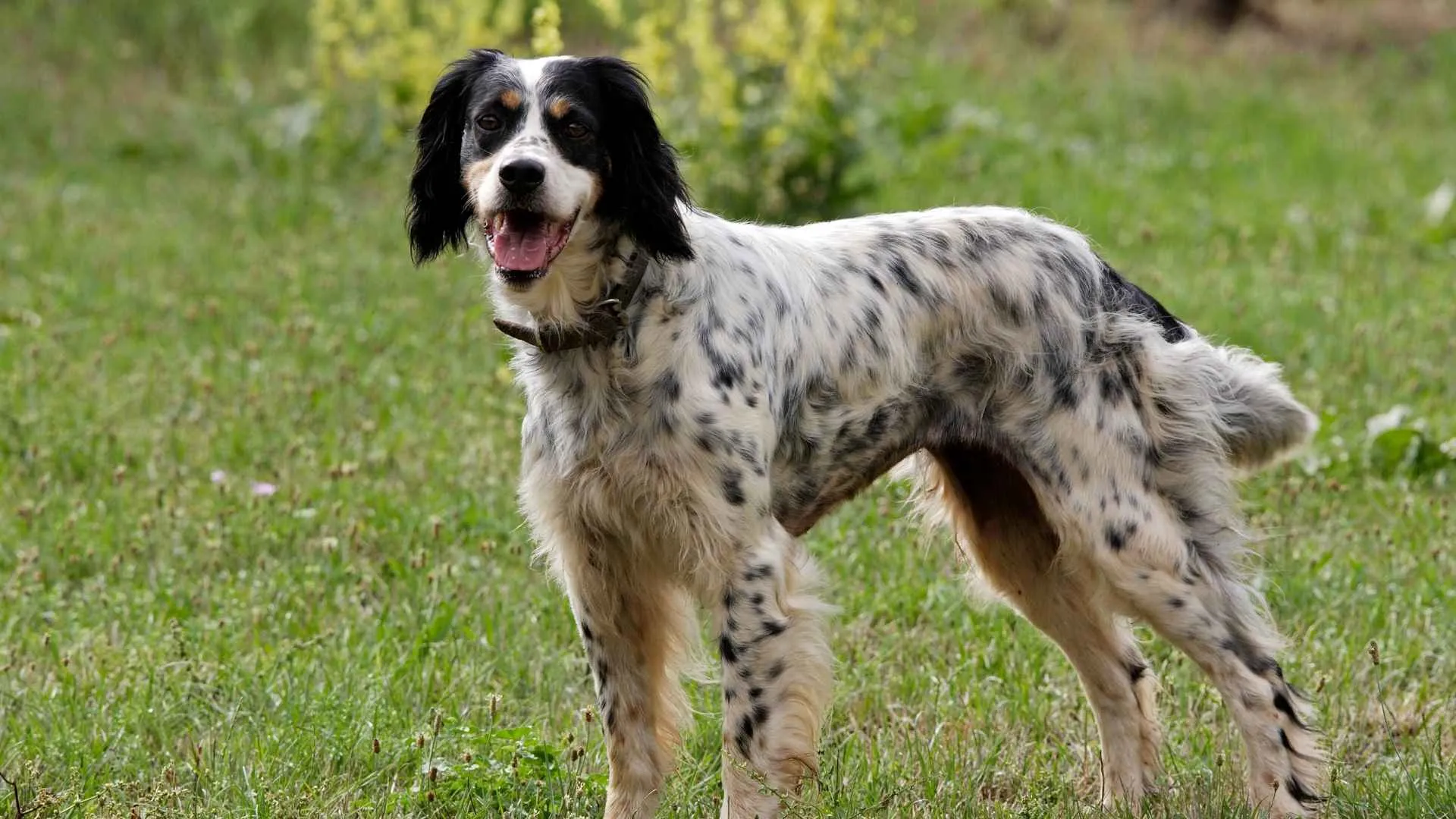
Graceful? Yes. Gentle? Absolutely. But also, English Setters are serious bird dogs at heart. These pups were bred for one very specific job: locating upland game birds with almost surgical accuracy, then “setting” low to the ground until the hunter moves in. Old-school hunting, done with style.
Unlike flashy retrievers or hyperactive flushers, English Setters are sensible, loyal, and devoted, says AKC. They cover ground in wide, sweeping arcs, using their incredibly sensitive noses to detect even the faintest scent. Once locked in, they freeze—literally crouch low, almost like a cat stalking prey. That’s where the name “setter” comes from.
They weren’t made for speed—they were made for stamina. English Setters can work long hours in open fields and dense cover alike, with a steady pace that wears down game without wearing themselves out. Tired? Not them. They’ve got bird hunting endurance baked right in.
And they’re one of the most beautiful hunting dogs out there. Flowing feathered coats, elegant movement, and a kind of athletic poise that makes it look easy. But that long coat’s not just for show—it helps shield them from brush, thorns, and all the rough stuff in the field.
Here’s something cool: English Setters use what’s called “air scenting.” Instead of tracking a trail on the ground like a Beagle might, they raise their heads and catch scent particles riding the breeze. It gives them a serious edge when a game is hiding or on the move.
6. Vizsla
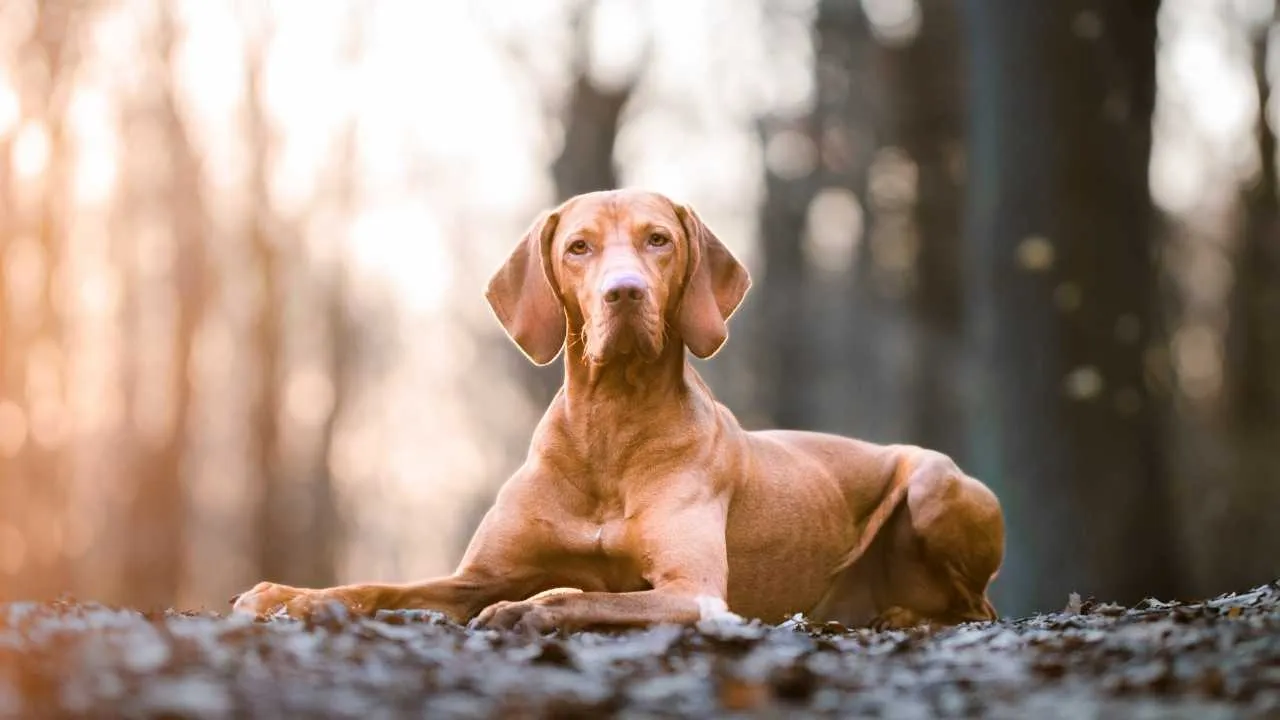
If you’re looking for a dog that hunts like a bullet and sticks to your side like Velcro, the Vizsla is your ride-or-die. This Hungarian hunting breed was built for the field—fast, agile, and with an unshakable bond to its human. They’re not just hunters; they’re shadow-level partners.
These dogs were bred to do it all—point, retrieve, and track—so they’re true multi-tools in the field. Whether you’re after upland birds or small game, the Vizsla doesn’t blink. They don’t waste time, and they definitely don’t waste energy. Every movement has a purpose.
Let’s talk about speed. Vizslas are fast. Like, really fast. But it’s not chaotic zoomies—we’re talking calculated bursts, tight turns, and cover-clearing grace. They’re the kind of dogs that can sprint across a massive field, pinpoint a quail, and freeze into a perfect point before you even catch up.
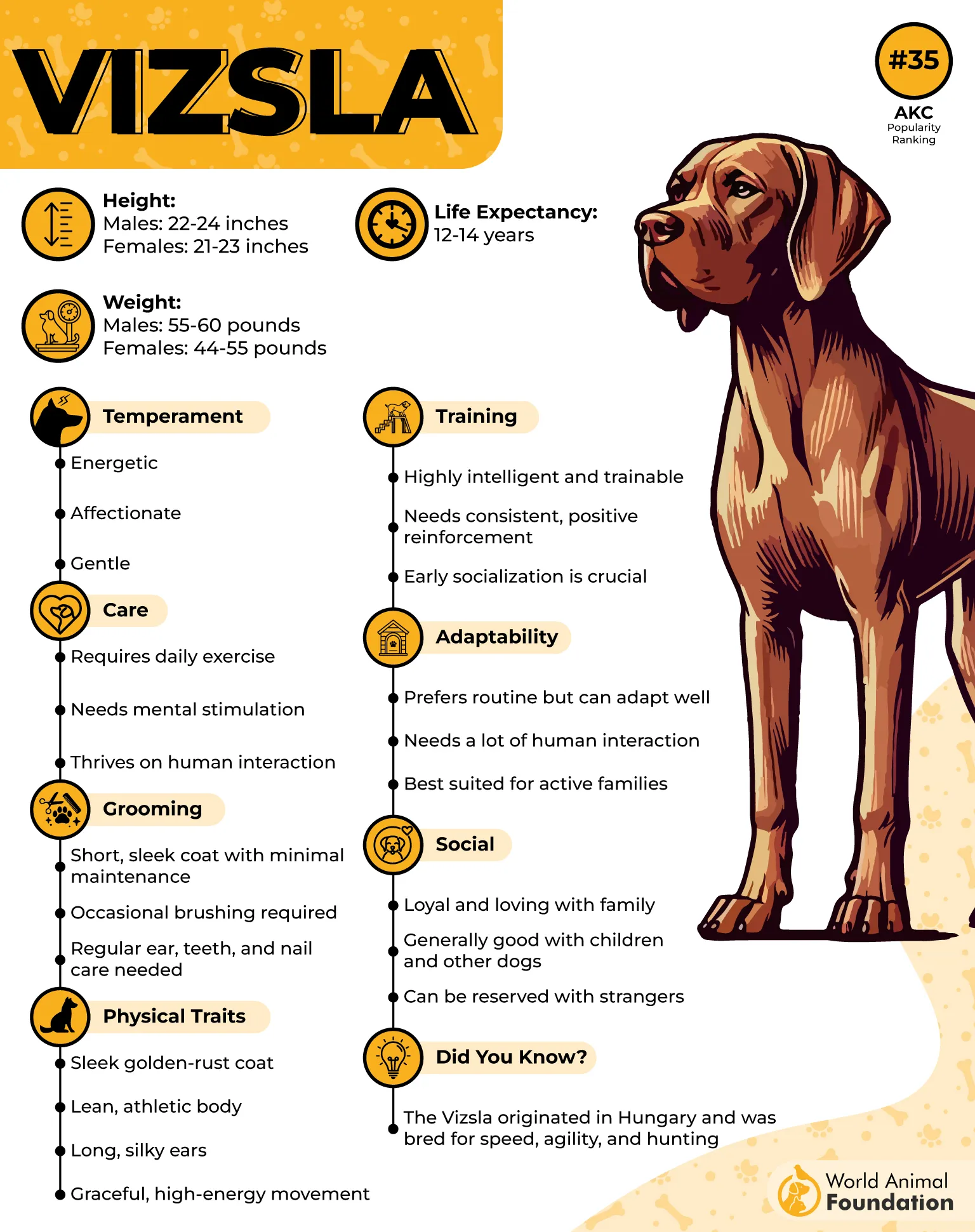
AKC states that their sleek, rust-colored coat makes them graceful—it’s practical. Short and tight, it keeps them cool in hot climates and doesn’t trap burrs or debris. These dogs were made for warm-weather hunts, and they thrive in rugged terrains where other breeds might hesitate.
One of the coolest things about them is how emotionally in tune they are. Vizslas form ridiculously strong bonds with their humans, which translates to seamless teamwork in the field. It’s like they can read your mind—or at least your body language. Who wouldn’t want a hunting buddy that anticipates your every move?
7. Beagle
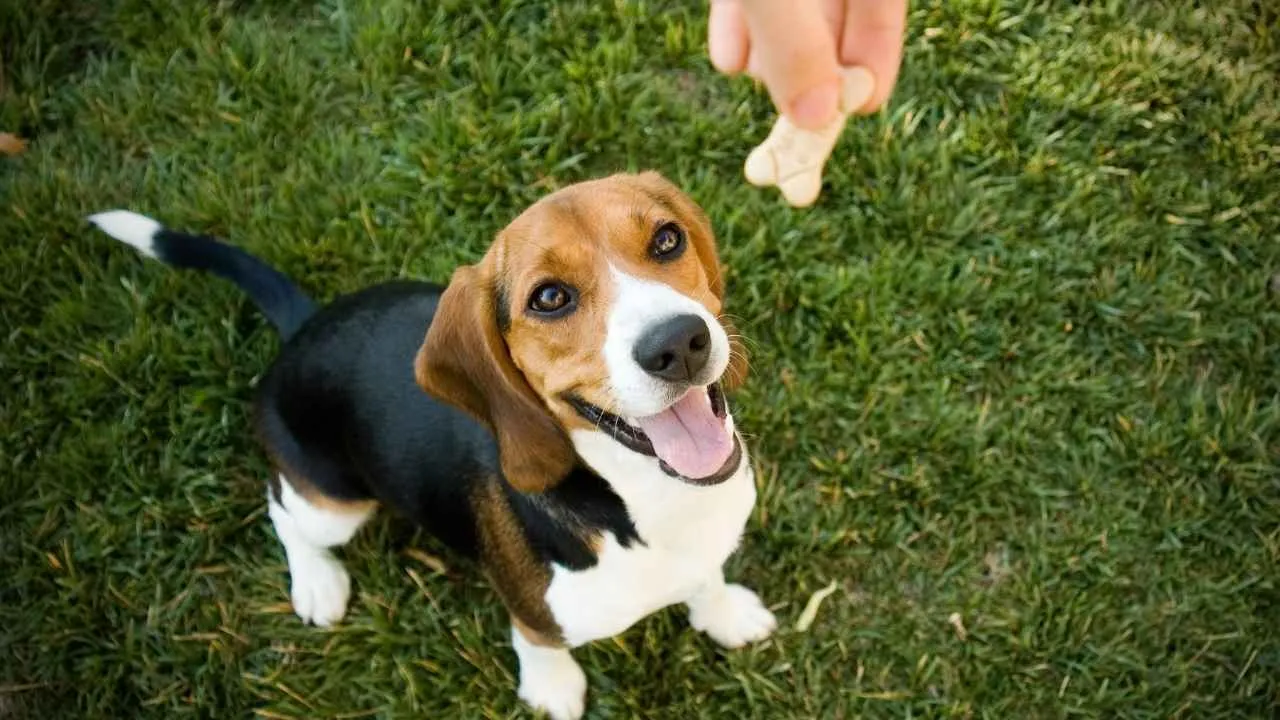
Think hunting dog, and you might picture something big and bold—but don’t underestimate the Beagle. Behind that sweet face and compact size is one of the sharpest scenting machines in all dogs. These little hounds were born to track, and they don’t miss a beat.
Beagles specialize in scent tracking on foot, especially for small game like rabbits and hares. They don’t rush—oh no—they work a trail. Their methodical, nose-to-ground approach means they can stay on a scent for miles without ever losing focus. Beagles don’t just find the scent; they broadcast it. Their musical baying tells the hunter exactly where they are on the trail.
What really sets Beagles apart is their legendary olfactory system. Their noses have around 220 million scent receptors (just for comparison, humans have about 5 million). No wonder law enforcement uses Beagles for airport detection—they’re living, sniffing radars.
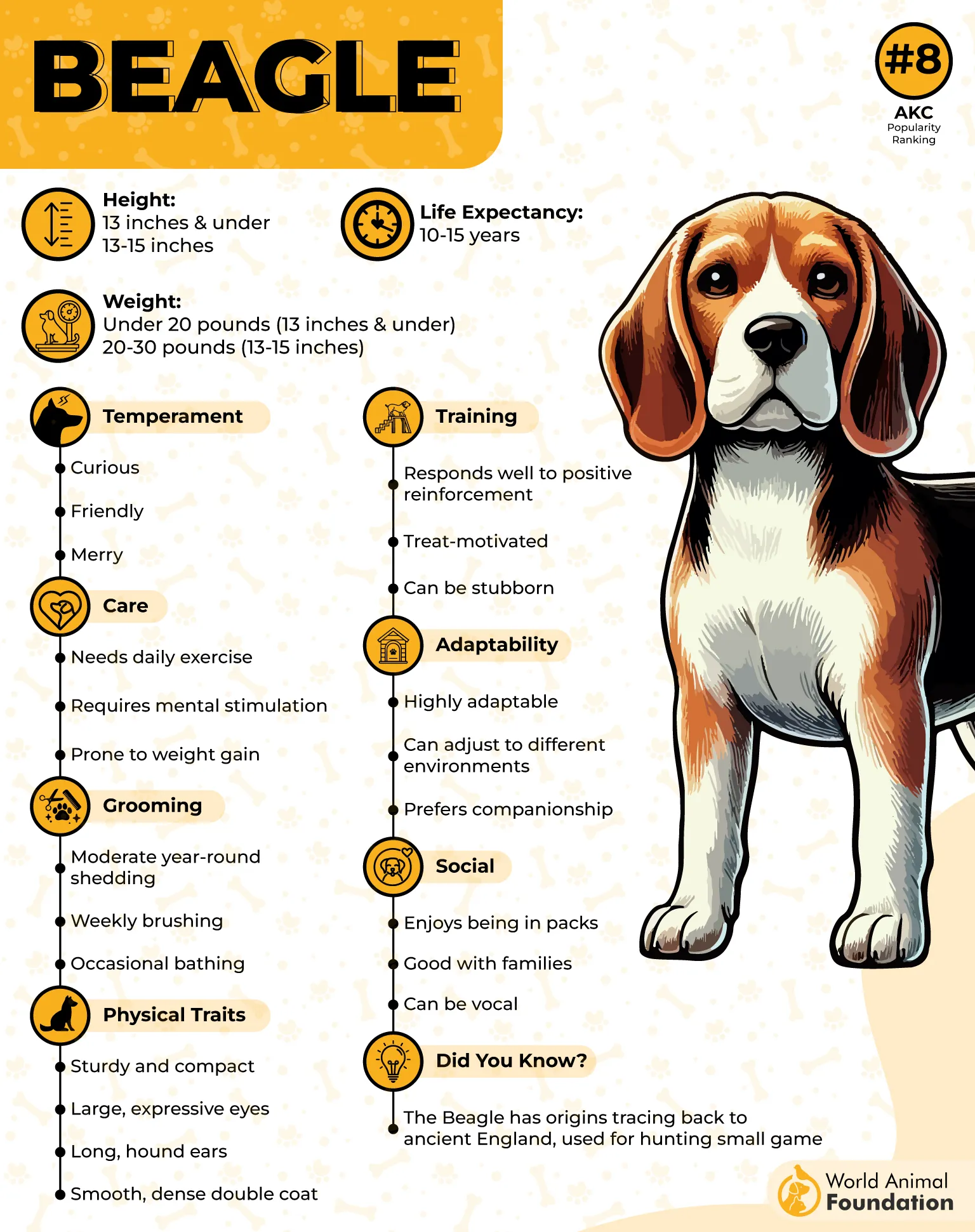
Beagles are sturdy by nature, states Purina. They are happiest when working as a team, using their collective noses to triangulate and corner prey. Ever seen a group of them spiral in toward a hiding rabbit? It’s like a perfectly choreographed hunting ballet, but fluffier.
Physically, they’re built low and sturdy—ideal for navigating thick brush, tunnels, and uneven terrain. Their compact size lets them follow prey into tight spots that larger dogs just can’t reach. It’s not about brawn with these guys—it’s precision and persistence.
Fun fact: Beagles were originally bred in England for tracking hares on foot. The name likely comes from the French word “be’geule”, mimicking the sound of their signature baying. Kinda makes sense, right?
Conclusion
When it comes to hunting dog breeds, it’s easy to see why these dogs are prized by both seasoned hunters and outdoor enthusiasts alike. From retrieving upland birds to tracking game birds over long distances, these breeds were selectively bred for their sharp hunting instincts, incredible stamina, and unmatched drive. Whether you’re into upland bird hunting, waterfowl hunting, or just love the thrill of hunting season, the right hunting companion makes all the difference.
Some of the best hunting dog breeds like the Labrador Retriever, German Shorthaired Pointer, Chesapeake Bay Retriever, and Boykin Spaniel are more than just elite bird hunters—they’re also great family pets and ideal family dogs. These popular dog breeds, recognized by the American Kennel Club, show off their versatility as pointing dogs, retriever breeds, or all-around gun dogs. Many also serve as reliable house dogs, family companions, or even aid in missing people searches due to their powerful noses and drive.
Whether you’re chasing upland birds, retrieving waterfowl, or exploring different hunting styles, there’s a breed that is perfectly suited for your needs. With natural hunters like the Brittany Spaniel, English Setter, German Wirehaired Pointer, Wirehaired Pointing Griffon, and English Springer Spaniel, your hunt is backed by serious skill. And let’s not forget other retriever breeds like the Golden Retriever or Irish Setter, who bring not only solid retrieving skills but also that waterproof coat and thick fur needed for the toughest terrains. In the world of versatile dogs, these breeds aren’t just great dogs—they’re legends.


